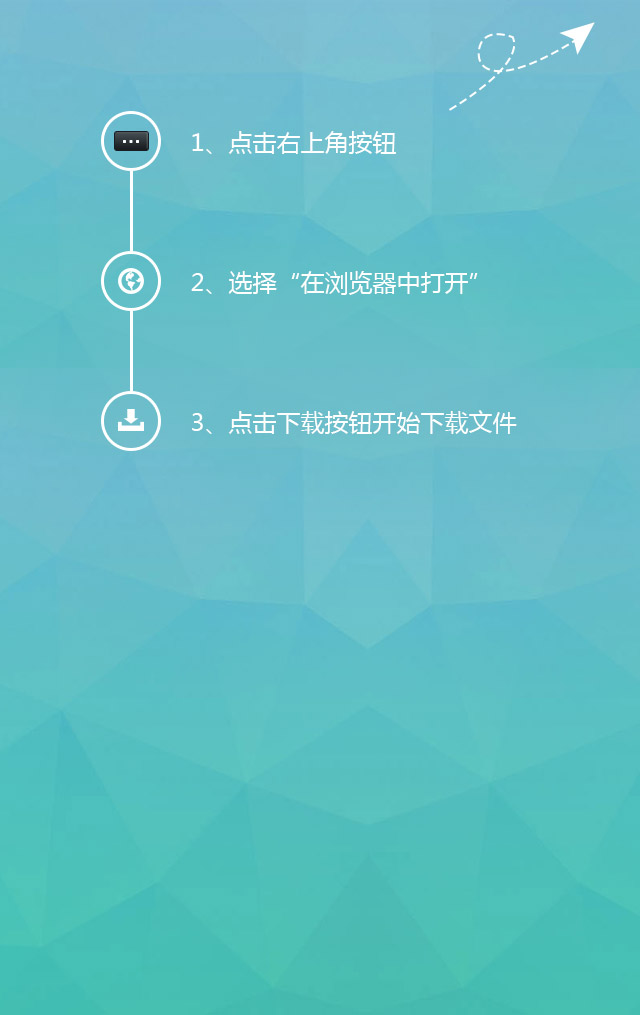The Unseen Foundation: Material Sourcing & Solar's Sustainability Paradox
Solar energy promises a clean, limitless future. But the panels themselves rest on a foundation of finite, often geopolitically sensitive, materials. This creates a critical sustainability paradox: can we build a truly renewable future with supply chains vulnerable to disruption and environmental cost?
The silicon in most panels is abundant, derived from sand. However, the refinement into ultra-pure polysilicon is energy-intensive, often reliant on fossil fuels in key manufacturing regions. The environmental footprint of this process is a significant, often overlooked, part of a panel's lifecycle impact.
More critical are the "doping" elements and specialized materials. Silver, used in conductive pastes for grid lines, faces potential supply crunches as solar demand soars. Indium and gallium are vital for thin-film technologies like CIGS. Tellurium is crucial for CdTe panels. These elements are often mined as byproducts of other metals, making their supply inherently volatile and concentrated in specific countries. Price spikes or trade restrictions could severely hamper production.
Furthermore, mining and processing these materials carry environmental and social burdens – habitat destruction, water contamination, and labor issues – starkly contrasting with the clean image of the electricity generated.
Addressing this paradox demands a multi-pronged approach:
Material Innovation: Reducing or replacing critical materials. Research focuses on copper-nickel pastes to replace silver, developing new thin-film compositions using more abundant elements, and improving material utilization efficiency during manufacturing.
Circular Economy: Establishing robust, efficient recycling infrastructure is non-negotiable. Recovering high-purity silicon, silver, copper, glass, and aluminum from end-of-life panels drastically reduces virgin material demand and waste. Current recycling rates are far too low.
Supply Chain Diversification & Transparency: Reducing geopolitical risks requires diversifying mining and processing locations and fostering greater transparency and ethical sourcing standards throughout the chain.
Lifecycle Assessment (LCA): Rigorously evaluating the total environmental impact – from mining through manufacturing, operation, and end-of-life – is essential to guide truly sustainable technology choices.
The sustainability of solar power isn't just about sunshine; it's fundamentally about building resilient, responsible, and circular material foundations. Overcoming this resource paradox is as crucial as any efficiency breakthrough for solar's long-term viability as a truly clean energy source.
Zero Carbon,vape battery,battery cell,v battery,solar cell
Recommend
-

-

QQ Zone
-

Sina Weibo
-

Renren.com
-

Douban

